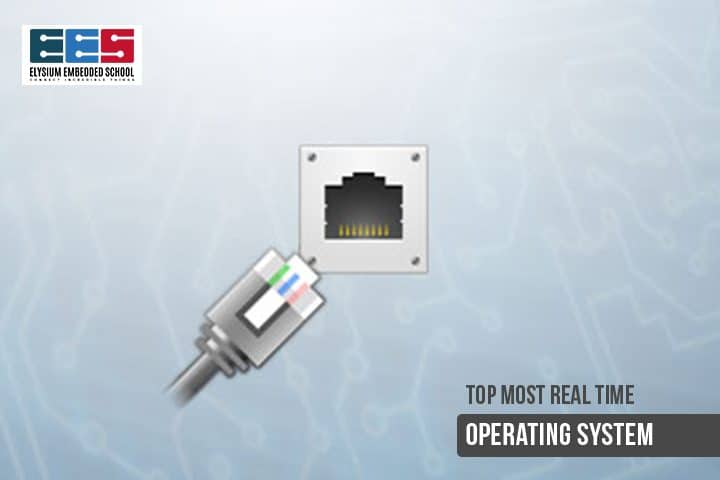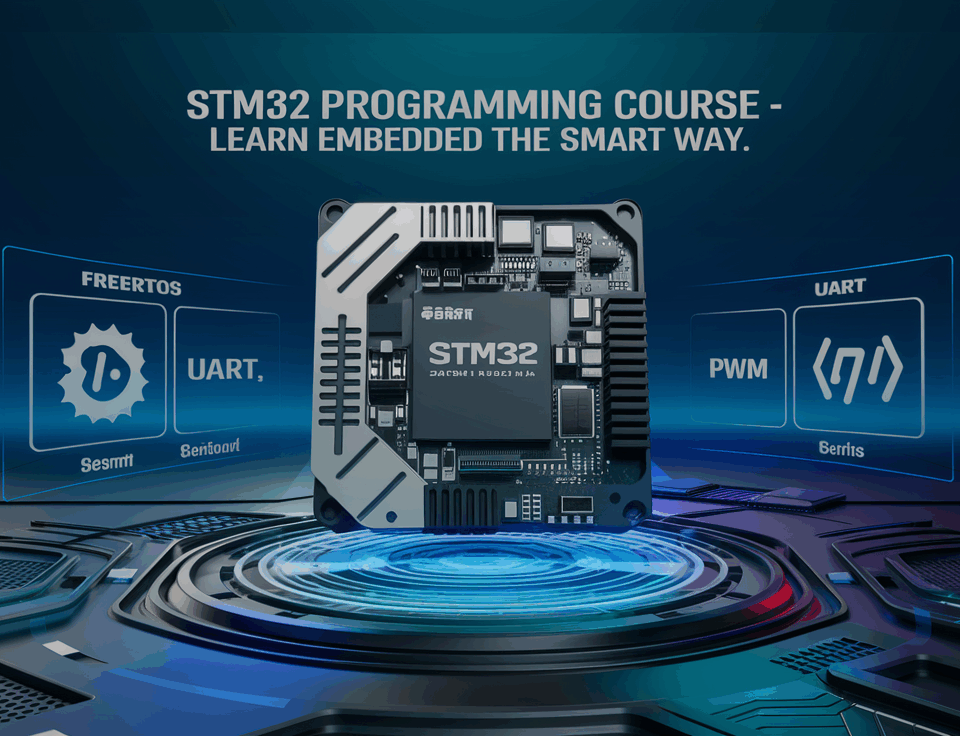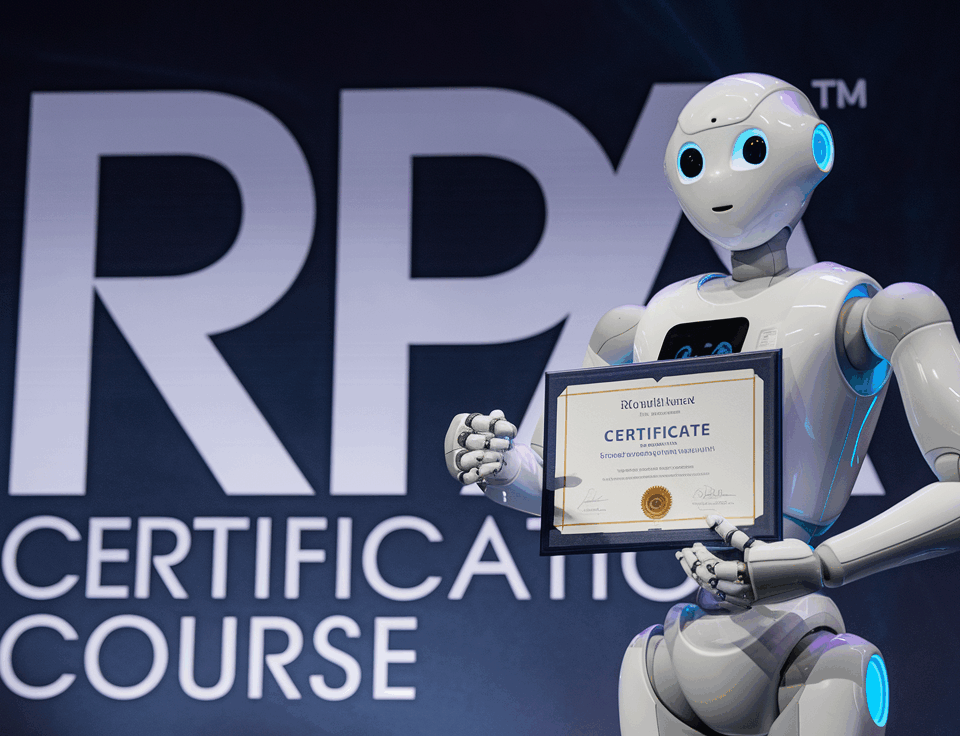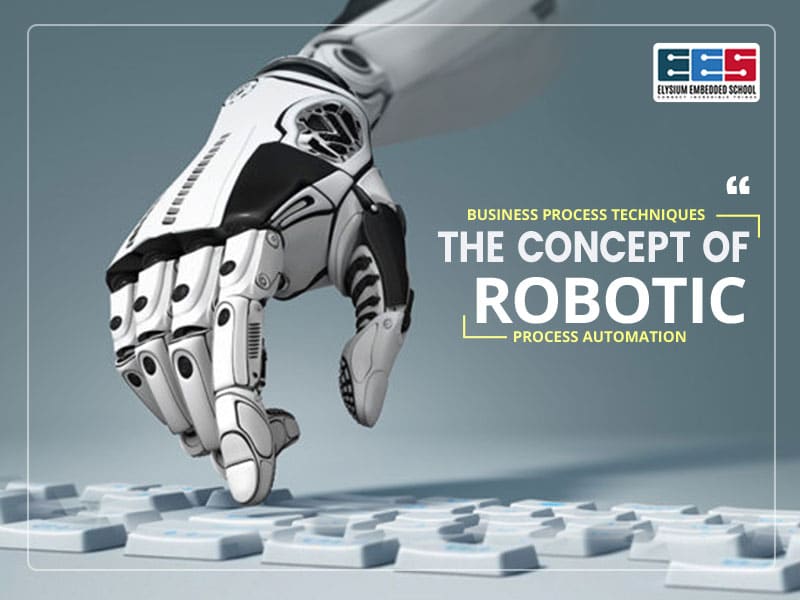
Business Process Techniques Based on the Concept of Robotic Process Automation
March 2, 2019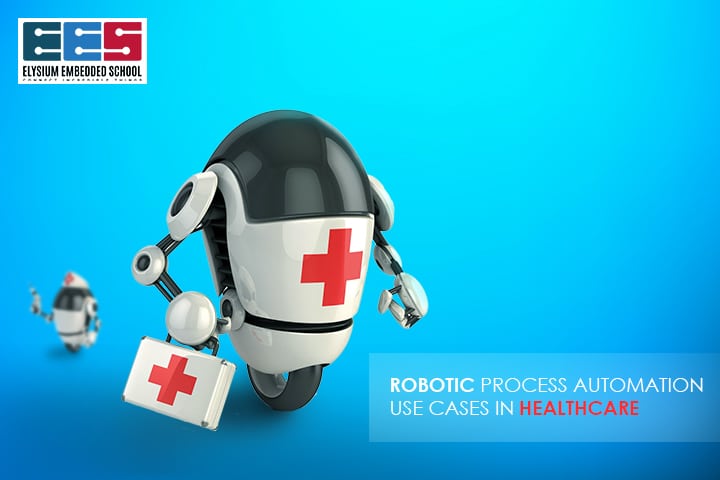
Robotic Process Automation Use Cases in Healthcare
March 9, 2019Real Time Operating System in Embedded System:A Real-Time Operating System intends to handle real-time applications and processes the data they are coming from without buffer delays. Here the RTOS Training has done multitasking operations likewise, Embedded Systems, Industrial Robots, Scientific Research Equipment’s, and others when the General Purpose Operating System cannot perform some real-time tasks.
Here the tasks of Wireless Communication is done only using the Real-Time Operating System where General Purpose Operating System doesn’t work. The advance version of General Purpose Operating System is the Real-Time Operating System.
Why is Real-Time Operating System Important?
Here the task or applications are driven by the Real-Time Operating System so that the system can give more exact results on present execution work. Here the embedded software that is has been developed appropriate the prioritizing of tasks and interrupts tasks that are currently running a Real-Time Operating System.
Popular Real-Time Operating System
Set of tools are made explicitly for Real-Time applications. They are apart from regular Programming tools like Compilers, Debuggers, Editors and other exceptional tools that are specifically made for the development of Real-Time applications. Those tools include the performance of profiler, simulators and memory analyzers.
Here Some Famous Real Time Operating Systems are mentioned here, they are,
PSOS (Portable Software on Silicon)
Since it was establish for use in small to middle sized embedded applications, PSOS Does not support virtual memory but supports digressive memory superintendence instead. Hence it defines a memory region as a physically bordering memory block that is designed by the operating system as a recognition to the applications call. A programmer can efficiently designate a task to the memory region.
VRTX (Versatile Real-Time Execution)
VRTX is an Operating System that is attentive with POSIX it allows as two multitasking kernels, VRTXmc and VRTXsa, and its support virtual memory median. Here the size of the applications is large. The VRTXmc is build up for computer memory and RAM Sizes and power consumption.
RTLinux (Real Time Linux)
Here RTLinux is a Hard Real-Time Operating System Microkernel that runs the entire Linux operating system as a fully preemptive process. Even with a similar name, it is not relevant to the Real-Time Linux. It is operating on a Linux System. The Real-Time Kernel set the Linux is working on a Linux system.
Lynx
Here Lynx Programs binary image can be effectively run on lynx. The lynx microkernel is about 128KB and offers primary synchronization. Task arrange and interrupt dispatch assistance. Its other services are organize as kernel plugins (KPIs). Once KPIs are further to microkernels, a system can be easily compose to support file system, sockets, and I/O.
Advantages of Real-Time Operating System
- Energy Consumption
- Splitting the Tasks
- Focus on Applications
- Embedded System Usage
- Error Free
Here the Advantages of Real-Time Operating System to Maximum system dispersions are done form Real-Time Embedded System because hence it provides more output by using all resources while maintaining all devices active. It can be hosts the server on getting maximum of results from hosting companies.

